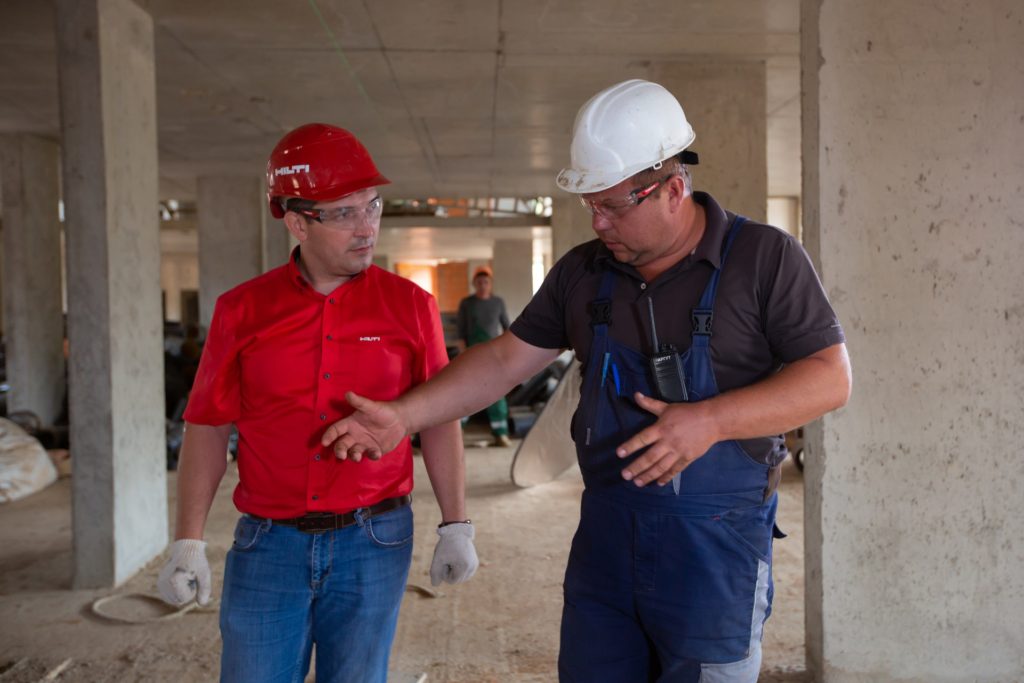
Without proper Personal Protective Equipment (PPE), you could be putting your staff in danger whilst they are carrying out their jobs. Not only are you responsible for providing them with the right equipment, it is also important to educate them so they know what PPE is required for their daily tasks. Let’s take a look into the different types of PPE and the PPE requirements you need to be aware of.
What is PPE?
PPE is equipment that is worn in order to minimise the exposure to hazards which can cause serious workplace injuries and illnesses. These hazards could occur from physical contact with chemicals, radiation, electrics, machinery or any other equipment. It is worth remembering that PPE should be thought of as a last measure. You should take every preventative measure you can in order to keep your staff safe, and if the risk is still present, then you should turn to PPE.
As an employer, you must assess the workplace to determine what hazards are present, before even looking at the different types of PPE available. If there are hazards which require the use of PPE, you must clearly communicate to your workers that they must wear the PPE you are giving them, and it must fit properly too. Training should be provided to your staff on how to do the following:
- Use protective equipment properly
- Be aware of the importance of PPE
- Understanding the limitations of PPE in protecting them from injury
- Put on, adjust and take off PPE properly
- Maintain their PPE
Protection from head injuries
Hard hats are the most obvious type of protection from head impact and penetration injuries, commonly caused by falling or flying objects. Some types can also protect the wearer against electrical injuries, when workers are in contact with electrical conductors. For those employees with long hair, this should also be tied up and covered to prevent it from getting caught in machinery.
Protection from foot & leg injuries
Rubber-soled safety footwear can protect employees from electrical hazards and wet/slippery surfaces. Steel toe caps are also ideal to protect wearers from crushing caused by machinery. In addition, there are foot guards and safety leggings which you can give to your workers which can help to prevent molten metals or sharp objects from harming them.
Protection from eye & face injuries
As well as safety glasses and safety goggles, other types of PPE such as face shields or spectacles with shields can protect your workers. They can help to prevent flying fragments, hot sparks, optical radiation and other particles such as dirt and dust from entering the eyes of the wearer.
 Protection from hearing loss
Protection from hearing loss
Earplugs and earmuffs are the main way in which you can protect your employees from damage to their hearing. We have already looked into ways that you can control the risk of noise at work, but it is important to prevent exposure to high levels of noise where possible in the workplace. Hearing loss or impairment is irreversible, so prevention is essential. Earplugs should be cleaned regularly and replaced if they are not able to be cleaned.
 Protection from hand injuries
Protection from hand injuries
Skin absorption is something that you have to be particularly careful with if your employees are handling dangerous chemicals or liquids on a regular basis. Are they using machinery which could give them severe cuts or abrasions if there is no hand protection provided? Take the time to risk assess the environment in which they are working.
Protection from body injuries
In some extreme cases, workers need to shield their entire body against the hazards of the workplace. This could be when they are exposed to heat, radiation or bodily fluids. Materials used in these full-body suits often include rubber, leather, synthetics and plastic.
When to wear respiratory protection
Finally, we come to respiratory protective equipment (RPE). If workers are within an environment where it is not possible to reduce exposure via fans or fumigation systems, respirators must be worn. They protect against health effects caused by breathing in air that is contaminated with harmful dust, gases, smoke or sprays. Respirators cover the nose and mouth, and a proper fit is essential in order for them to be effective.

Ensuring the proper use of PPE
All PPE should be designed and manufactured to the highest regulations, and should be readily available to all employees. It is important that PPE is also comfortable otherwise staff will be reluctant to wear it. If it does not fit properly it could be the difference between a worker being safe or exposed to dangerous substances.
All of the products we manufacture here at BETAFIT are designed to exceed the relevant regulatory standards. We also have technical data sheets available for all of our products, which show how they are compliant with all the required global standards. If you would like any further help with choosing the right PPE for your employees, give us a call on 01472 867 467, or email us on [email protected].
